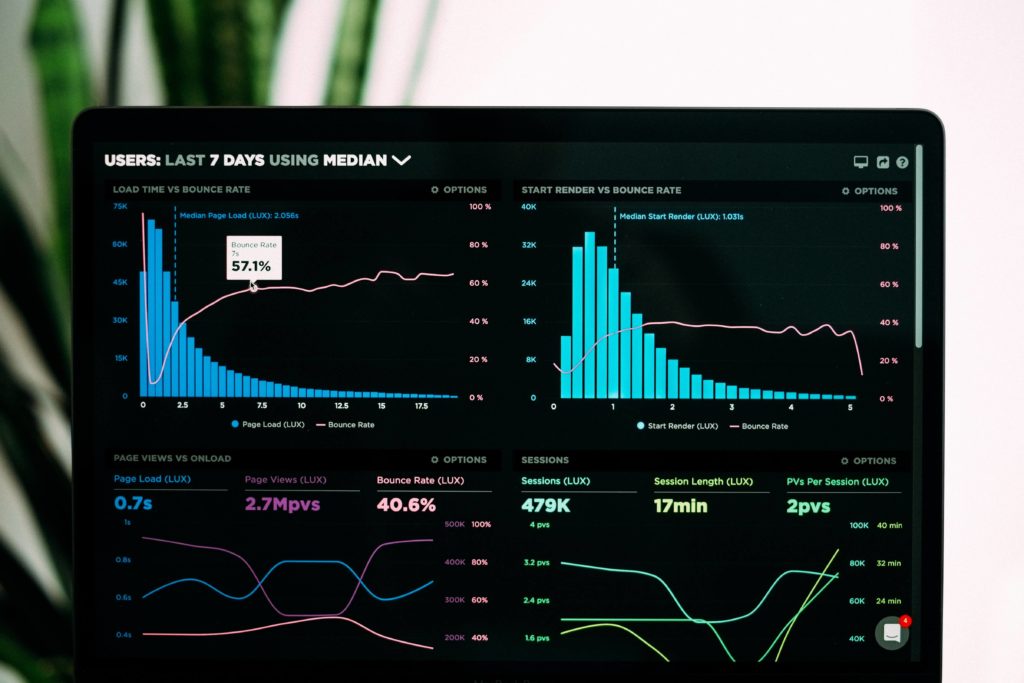Importance of Data

Because my topic is somewhat niche and slightly narrow, I was able to find scholarly articles on the topic but not as much data that I can import directly into Tableau. However, I have done a lot of extensive research, therefore, I will be conducting my own data that I can input into Tableau so that I can still utilize the tool with a more compatible data set. The data that I will be conducting and inputting will illustrate the number of mental health programs accessible to students at the forty-seven colleges of the state. Thanks to the advice of my professor, I will also include not just the number of programs, but college tuition, median income after graduation, graduation rates, and other information that may provide a deeper analysis of mental health care for college students in New Jersey.
Prior to making the decision of conducting my own data, I had searched through databases such as Pew Research Center, Gallup, and social science-based journals through ProQuest. As I discussed in my project contract, I did find a few data sets through Gallup and Pew Research Center. For the two found through Gallup, they broke down the information from a different perspective than what I am used to seeing. Gallup organized their data by generations. (1) This is an important data set because as times and society have modernized, it is essential to recognize that studies have shown that younger generations have a higher rate of mental health disorders than older ones. The Gallup poll connects this parallel by showing that the boost of technology use is the reason for the increase in mental health disorders among younger generations.

The Pew Research data set I found was also fairly unique as it took a more direct approach to find information on mental health among younger generations, specifically aged 13-17. (2) A group of teens were given a list of topics where they each had to vote what they believed to be the most prevalent issue among their peers. The top issues were anxiety and depression. Though this survey was conducted in 2018, I can only imagine that this number has since risen. Another aspect of the study also explains as to why it is important to look at graduation rates at different colleges for my own research project. The Pew Research Center looked at which students’ anxiety was originating from the pressure to do well in school in order to get into a good college. Though the greatest difference between the research done by The Pew Research Center and me is the group that is being surveyed, the source of a mental health disorder is the same: feeling pressured to do well in school in order to be more successful later in life.
Tying it back to my own data and project, I think it will be slightly easier to process and visualize the data because since I am compiling the data on my own, I have more control over it and how it is organized. It definitely will be more work compared to other topics that already have relevant and specific data sets out there, however, I am excited to see what I can find and actually create a data set on my own.
References:
- Wolf, Ryan. “Wellbeing by Generation: Where Some Thrive, Others Struggle.” Gallup.com. Gallup, February 28, 2020. https://www.gallup.com/workplace/268025/wellbeing-generation-thrive-others-struggle.aspx.
- Horowitz, Juliana Menasce, and Nikki Graf. “Most U.S. Teens See Anxiety, Depression as Major Problems.” Pew Research Center’s Social & Demographic Trends Project, January 5, 2020. https://www.pewsocialtrends.org/2019/02/20/most-u-s-teens-see-anxiety-and-depression-as-a-major-problem-among-their-peers/.